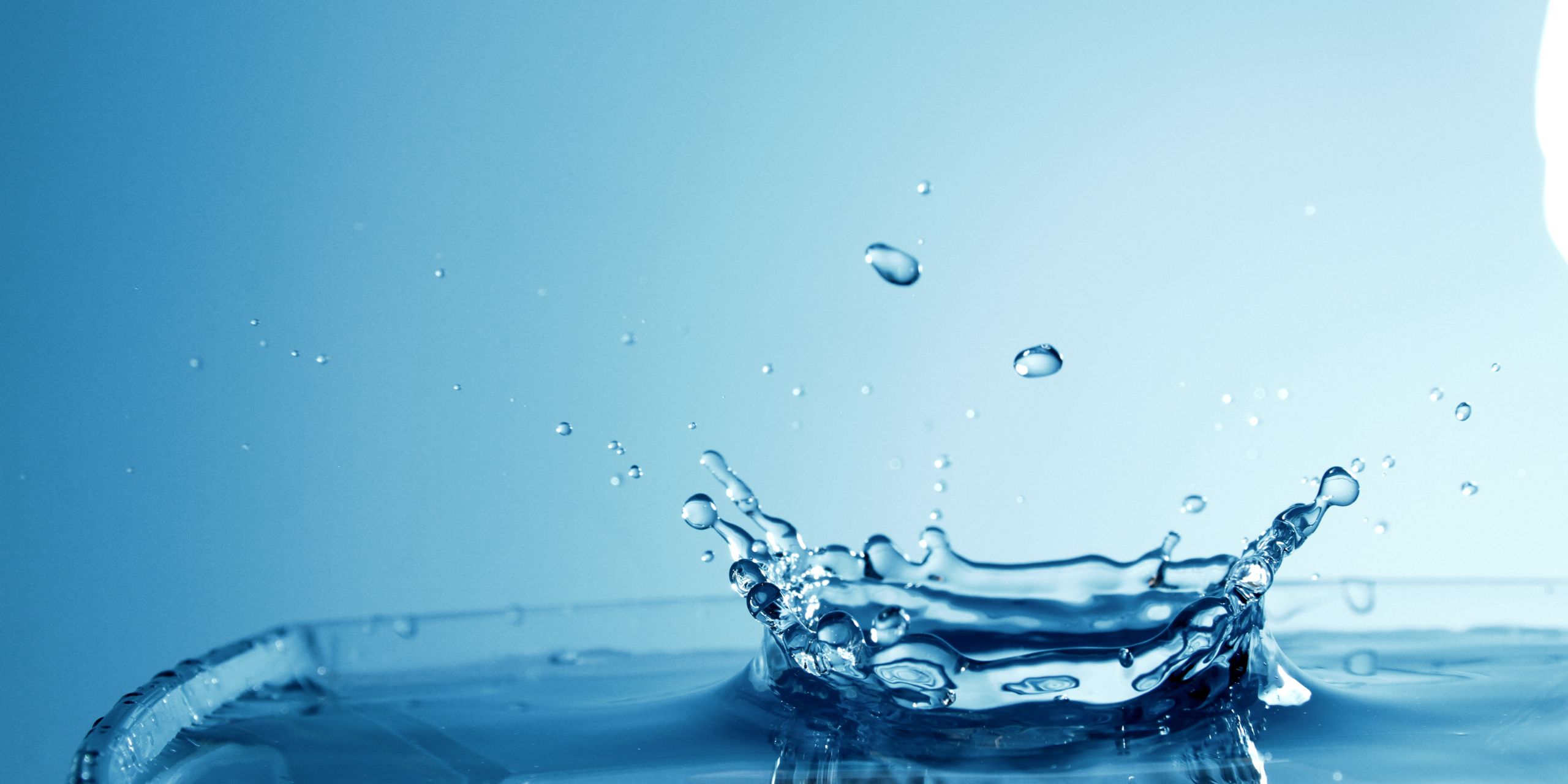Our earth depends on water to support both human activity and its many different ecosystems. As pollution continues to be a threat to the wellbeing of both aquatic life and human communities, ensuring its quality is a crucial task. To address this issue, the United States has established a strong regulatory framework under the Clean Water Act, and at the core of these efforts is a potent instrument called Total Maximum Daily Loads (TMDLs). TMDLs are an innovative, scientifically based strategy to managing water quality that offers a mechanism to repair damaged water bodies and guard them against further deterioration.
TMDLs’ Scientific Basis
TMDLs are created using a rigorous scientific procedure that starts with the evaluation of water quality data to identify impaired water bodies that fall short of the requirements for the uses for which they are intended. Water for drinking, leisure, or the sustenance of aquatic life are some of these purposes. After a water body is identified as impaired, the next step is to figure out how much of a particular pollutant it can take in without compromising the required water quality standards. The properties of the water body, the sources of the pollutants, and the behavior of the pollutants within the ecosystem must all be thoroughly understood in order to make this judgment.
In order to create a TMDL, data must be gathered and analyzed from a variety of sources, including monitoring stations, land use data, and historical records. Simulating pollutant transmission, destiny, and the effects of alternative management strategies frequently involves the use of computer models and other cutting-edge methods. By using a scientific approach, TMDLs are guaranteed to be founded on reliable data and solid procedures, enabling the accurate identification and quantification of pollution sources as well as the proper assignment of pollutant reduction obligations.

Management that is flexible and best practices
The TMDL procedure’ flexibility is one of its main benefits. In order to improve and hone existing TMDLs, new data, technologies, and best management practices can be integrated as they become available. This adaptive management strategy ensures that efforts to manage water quality remain effective and relevant while allowing for continuous advancement in the face of changing challenges.
Additionally, the TMDL procedure encourages point and nonpoint pollution sources to adopt best management practices (BMPs). These BMPs may consist of technical advancements, environmental protection strategies, or adjustments to how land is used, all with the goal of lowering pollutant loads and minimizing environmental effects.
Collaboration and involvement of stakeholders
TMDLs offer a forum for cooperation between various stakeholders, including commercial companies, public organizations, and local, state, and federal governments. A thorough and individualized approach to pollution reduction can be achieved by incorporating a variety of players in the TMDL creation and implementation process, taking into account the particular requirements and settings of each impaired water body.
The sharing of knowledge, resources, and viewpoints is encouraged by this collaborative approach, which eventually leads to more successful and long-lasting initiatives to improve water quality. Public involvement in the TMDL process helps to strengthen consensus and support for suggested actions while also empowering local communities to actively participate in the preservation and restoration of their water resources.
TMDLs are a cutting-edge, scientific response to the difficult problem of managing water quality. TMDLs have shown to be an effective instrument in the fight to restore and safeguard our country’s waterways by offering a flexible, adaptive, and collaborative framework for managing pollution. It is impossible to overestimate the significance of TMDLs in preserving the health of our ecosystems and communities as we continue to deal with the mounting stresses of population expansion, industrial development, and climate change. TMDLs will continue to lead efforts to manage water quality for a number of generations thanks to continuous dedication to scientific research, innovation, and stakeholder involvement.

